Class of 2020 | brali@wharton.upenn.edu
Earlier this month, Snap Inc dominated headlines when it made its initial public offering. One of the hottest and most well-known tech startups had finally made it big, generating around $3.4 billion and attaining a valuation of $24 billion as of its initial pricing of $23.50 per share. However, a less hot but arguably more important IPO for the Valley and for the tech industry occurred just two weeks later March 17th. Beating Snap in the first-day trading comes the unicorn company that has consistently been ranked as a top performer in its industry. That’s right, the IPO that mattered in the month of March and biggest one in 2017 so far was that of MuleSoft.
Founded in 2006, MuleSoft is a software company based in San Francisco that provides integration software for connecting data and applications. Its main product is its Anypoint Platform, which connects software as a service to on-premises software. Its customers include well-known companies such as McDonald’s, Salesforce.com, and Coca-Cola. With the growing importance for companies to operate in the digital space, APIs have acted as a driving force behind the connection between companies, partners, and customers and their future growth prospects. MuleSoft has aimed to be a major provider of integration software that connects any application, API, or data source. Since its inception, the company has received a total of $259 million in financing from early round investors such as Salesforce Ventures, New Enterprise Associates, and Lightspeed Venture Partners. At the end of its last valuation in May of 2015, the company was worth around $1.5 billion.
What makes MuleSoft’s IPO so important and interesting is that its success has huge implications on the success of other mid-market enterprise cloud companies. In what seems to be a slowing down of IPOs in the past few years despite all-time highs in the U.S. stock market, the IPOs of Snap, MuleSoft, and other companies should lead to a burst of other IPOs. However, in 2016, MuleSoft lost $50 million in revenue, although that was an improvement over $65 million lost the year before. Although the company’s total revenue has also increased to $187.7 million in 2016 from 110.3 million in 2015, investors will continue to carefully monitor MuleSoft’s net income. If this trend continues, investors may view the long-term growth prospects of other companies in this space as lacking a big market and market opportunity. Furthermore, competition with well-established firms such as IBM, TibCo, and SnapLogic as well recent IPO announcements of close competitors will continue to test investors’ interest in MuleSoft.
Figure 1: Funding Rounds
However, on MuleSoft’s first day of trading, its shares “popped” more than 45 percent. They opened at $25.02 per share and closed at $24.75 per share, up from its expected range of $14 to $16. This pop in stock price essentially means that investors like the MuleSoft’s enterprise software offerings and that there is a healthy and high demand for its shares. After raising its $221 million with its IPO, MuleSoft now estimates its current market opportunity to be $29 billion. Ultimately, if Mulesoft continues to live up to its reputation for being one of the best and fastest growing integration software providers, then we could see many other unicorns following suit in the next few years. Exciting years might be just ahead for the enterprise software industry.


